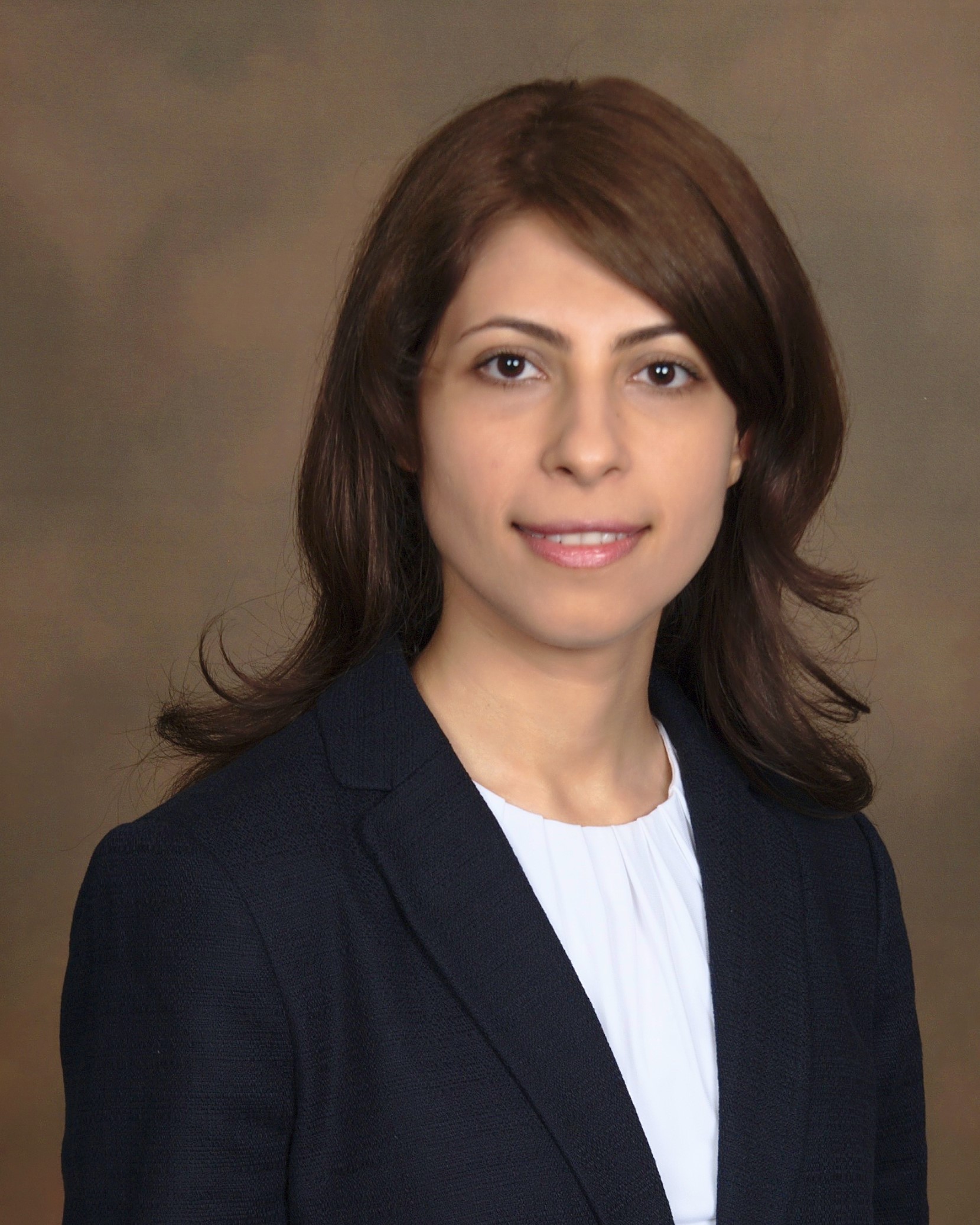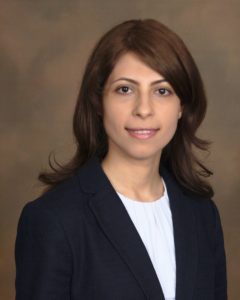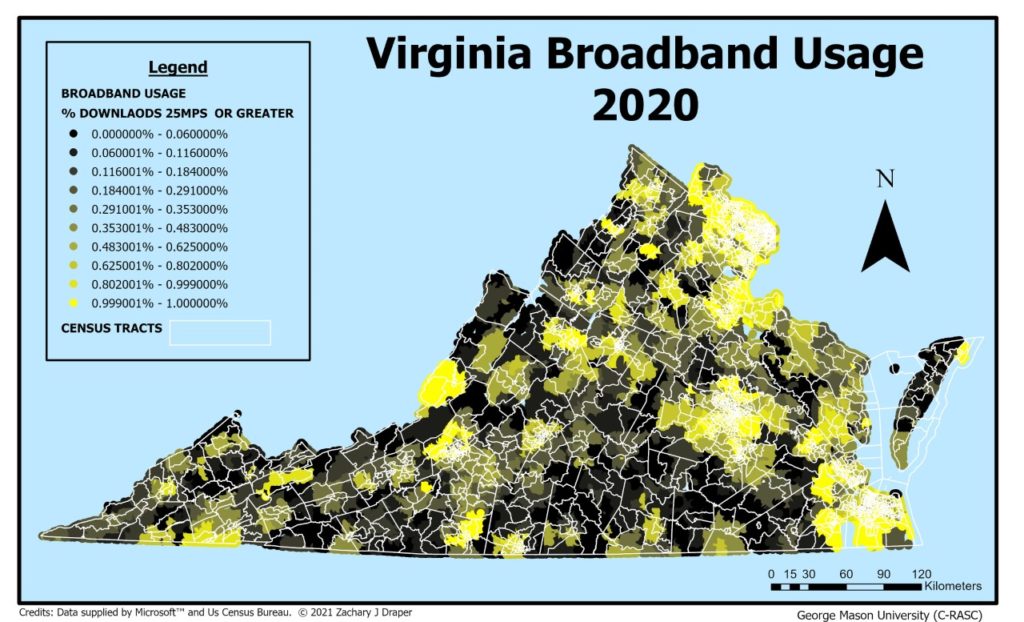Dr. Kathryn Laskey is the Founding Director and Director Emerita of the Center for Resilient and Sustainable Communities. Before her retirement in May of 2022, she spent decades as a Professor of Systems Engineering and Operations Research at the Volgenau School of Engineering at George Mason University.
Long before the start of her career at George Mason University in 1990, Dr. Laskey was always interested in using math to make the world a better place. Whether it was projects related to artificial intelligence or insider threats, her goal was to use data to understand and find solutions to important and challenging problems.
When the call for a transdisciplinary center was made in 2018, she and others answered enthusiastically.
Her passion for combining various disciplines in efforts to find creative solutions was instrumental in the establishment of C-RASC. For many years, she worked tirelessly to ensure that the foundation of the research center was one that would not only withstand the test of time, but thrive under any condition.
“Having the opportunity to lead C-RASC was the highlight of my career,” said Dr. Laskey.
As mentioned, Dr. Laskey recently retired from George Mason University to spend time with her family, including three beautiful grandchildren. She continues to assist the Mason and C-RASC communities by serving on the STAR-TIDES Advisory Committee and any project that comes her way.












